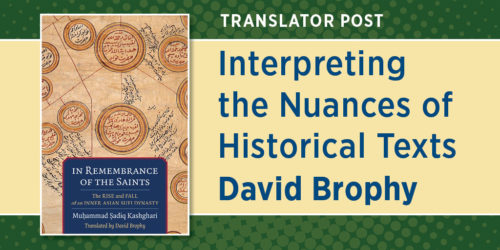Cheese, Pears & History in a Proverb — A Quiz
“Do not let the peasant know how good cheese is with pears.”– an Italian proverb
In Cheese, Pears, and History in a Proverb Massimo Montanari explores the background of this common Italian proverb still in use today. Along the way we discover why the diets of medieval monks were so influential in their time; who was allowed to eat pears, and who wasn’t; how cheese and pears came to be eaten together; when “rustic food” became fashionable; how your temperament of hot, cold, wet, or dry determined your meal choices; and when we first became connoisseurs of “good taste.”
The following is a quiz based on the history in Montanari’s book (Click here for the answers):
1. Until the seventeenth century, doctors believed that everything was reduced to the four elements of the universe–hot, cold, moist, and dry–and that medical ailments were cured by eating foods to counteract your out-of-balance elements. Who codified this system?
a. Dr. Spock
b. Hippocrates
c. Galen
d. Julius Caesar
2. In the middle ages certain foods were believed to dispose the stomach to receive the foods that came afterwards—hence aperitif from aprire, “to open” or to conclude a meal with foods noted for their sealing qualities to aid in digestion. Which of these foods was almost always served at the end of a meal to seal the stomach and prevent indigestion?
a. cherries
b. bread
c. chocolate
d. cheese
3. People were obsessed with social class in medieval culture and food was a primary way of distinguishing oneself. Cheese was to be eaten as a main dish only by the peasantry because, coming from beasts of the land, it was considered a low-status food. Pears, on the other hand, grow on trees. Following this logic, who was allowed to eat pears?
a. nobility
b. the king and queen
c. pilots
d. birds
4. Monks, and religious orders in general, were neither of the peasantry nor of the nobility. As a sort of mediating space between the two, foods forbidden to one class or the other could meet and intermingle in religious settings. As the Catholic Church became stricter about the renunciation of meat on holy days and Lent, what food came to replace meat in the monastic diet and then spread into other classes from there?
a. Fish
b. Eggs
c. Cheese
d. All of the above
5. Known as the father of humanism, which famous Italian poet proposed that people should discover pleasure in the simple foods of the poor, thus ushering in a fad for “rustic foods” and “peasant values” among the fashionable intellectuals of his day?
a. Dante
b. Petrarch
c. Michelangelo
d. Pope Pius II
6. While over time we see the cultural status of cheese rise considerably, it remained the opinion of medical doctors well into the 1500’s that pears were poisonous. Nonetheless people were eating them. Doctors began prescribing various food combinations to offset the cold dryness of pears. Which of these wasn’t considered an antidote to the poison in pears?
a. wine
b. cooking them
c. asparagus
d. cheese
7. First in Italy, then spreading to Spain, France, and all Europe, an idea that one could cultivate an appreciation of that which makes life beautiful, rather than be born with an instinct for such, began to take hold in the sixteenth and seventeenth centuries. This idea was called what?
a. good taste
b. bad taste
c. elitism
d. evolution
8. Simultaneously, a debate on the education of the peasantry was just starting. Most landowners regarded the ignorance of the peasants as a desirable means to achieve and hold their power. Satiric plays, novellas, and music were commonly used to demonstrate the proper social roles for peasants. Who was one of the most common characters in these entertainments?
a. the jester
b. Hamlet
c. A knight
d. The newly rich peasant




